Most people shrug off spatial audio because they don't know what it is or have decided it's a gimmick, but others are convinced Dolby Atmos songs sound better. Here are some practical examples of that, and why spatial audio benefits music.
At its heart, spatial audio music is about depth. Stereo mixes expand songs left and right while Dolby Atmos music mixes add a spatial depth to the equation which expands how big and detailed music can be.
Nintendo added depth and Mario went from side-scrolling to free-range roaming. Zillow allows realtors to supplement house photos with 3D tours to help buyers better understand a room's space.
These are silly examples, but in all cases that I can think of, adding more depth to something expands how much detail can be seen or heard.
Dolby Atmos mixes add space and depth to songs and make, directly compared, stereo mixes feel much flatter and two-dimensional.
The benefit here is that depth in music gives sounds and instruments more room which usually means more clarity for the listener. The different parts are easier to hear because fewer pieces are layered on top of each other.
Spatial audio terminology
To confirm, there is no exact definition for spatial audio. Someone could mean Dolby Atmos, Sony's 360 Reality Audio, or it could just be a general reference to anything mixed beyond stereo.
Apple uses Dolby Atmos songs on its streaming service and refers to this as Spatial Audio with Dolby Atmos. Amazon Music and Tidal have both Dolby Atmos and 360 Reality Audio.
Listening to spatial audio in headphones and on speakers
A lot of people assume you need special headphones to listen to Dolby Atmos music on Apple Music, but you don't really. Most Bluetooth headphones and earbuds will work.
I've spent the majority of my time listening with a range of AirPods earbuds and AirPods Max. Apple's HomePod also supports playing Dolby Atmos.
I've also been able to listen to lots of music through the Sonos Era 300 speaker since early February.
The Era 300 has been the extra push for me to really confirm how much I appreciate listening to songs in Dolby Atmos. Songs really pop when listening out loud.
Sonos has also enabled Apple Music to play its Atmos music on Atmos-supported speakers like Arc and Beam (Gen 2).
Spatial audio examples
Instead of only talking about spatial audio in broad terms, I thought it would be helpful to give a few specific song examples.
Not every song employs surround effects or exaggerated spatial placements. In fact, I've found that most songs are mixed in subtle ways.
If you come to Atmos music with the mindset that every song needs to take advantage of the full space available then there are a lot of music that won't make sense.
Boygenius' latest album is an example of subtle Atmos mixing that I think still benefits from using the format, even though it doesn't do anything dramatic.
The band's song "Not Strong Enough" features multiple singing parts during the bridge which has more depth and feels closer to a live performance than the version on Spotify does.
Other examples I like are the albums "Scaled & Icy" and "Blurryface" by the rock band Twenty One Pilots. Multiple songs take advantage of height and surround effects, but in small ways through minor embellishments.
The opening chants on "No Chances" stretch up and far to each side. Additionally, the synths on "Stressed Out" reach around to circle the listener.
Similarly to the song "Stressed Out," The Weeknd stretches the synth sound in "Starry Eyes" to build to surround a listener.
The reason this works especially well is that most of the time the job of a synth is to flood a space with omnidirectional sound, not to be placement specific.
If you do want exaggerated songs to listen to, the quintessential Dolby Atmos song is probably "Rocketman" by Elton John. It sounds big and incorporates special effects to really make an impression.
Michael Jackson's "Thriller" features some spatial trickery with the wolves at the beginning of the song, which is fun, but otherwise largely stays true to the original.
There's a track on the "No Time To Die" soundtrack, done by Hans Zimmer, called "Mantra."
It's a modest orchestral song that blooms into a wall of sound. Listening on an Era 300 created a sound so big that it was unbelievable it was coming from the compact speaker.
And if you do crave surround sound effects, soundtracks do a good job of this because they have the cinematic experience in mind. Listen to the Black Panther: Wakanda Forever soundtrack in Dolby Atmos.
Spatial audio is better
One of the reasons I've become so enthusiastic about Dolby Atmos music is that it fails gracefully. At a minimum, people don't notice a difference.
Even if you're not getting the benefit of a wide soundstage and spatial effects, the slight depth is still present.
I listened to the same songs mixed in stereo and mixed in Dolby Atmos and the contrast of going back and forth made me hear how close it felt like the singer was to my face, or right on top of my brain, in stereo.
Try bouncing back and forth between listening to a song on Spotify or YouTube and the same song in Dolby Atmos on Apple Music.
If you've never given spatial audio music a fair shake, I'd encourage you to really give it a chance.
If you tried some early spatial audio music and decided it was a gimmick, I'd encourage you to give it another chance with depth in mind.
More than high-res audio, I think Dolby Atmos music adds a meaningful and noticeable improvement to music. It should only get better from here as more artists and producers understand how they can sculpt songs with it.
But like it or not, spatial audio is the future of the music industry.
 Tyler Hayes
Tyler Hayes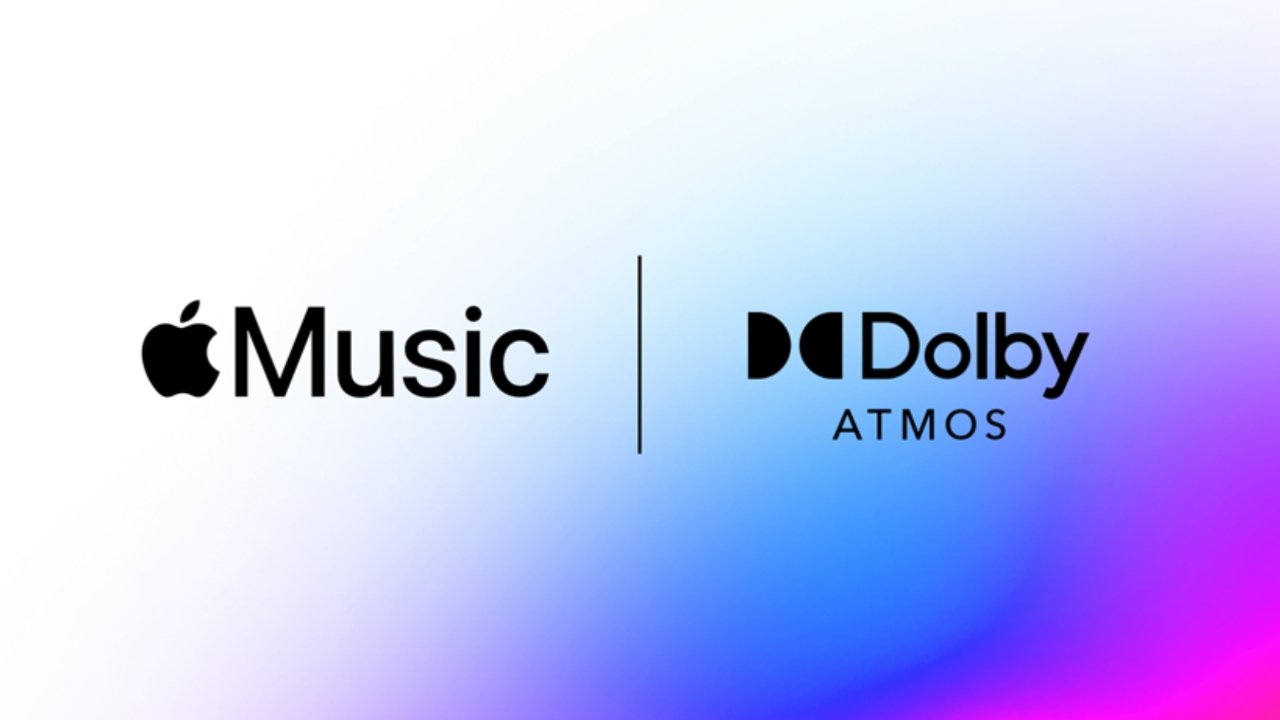
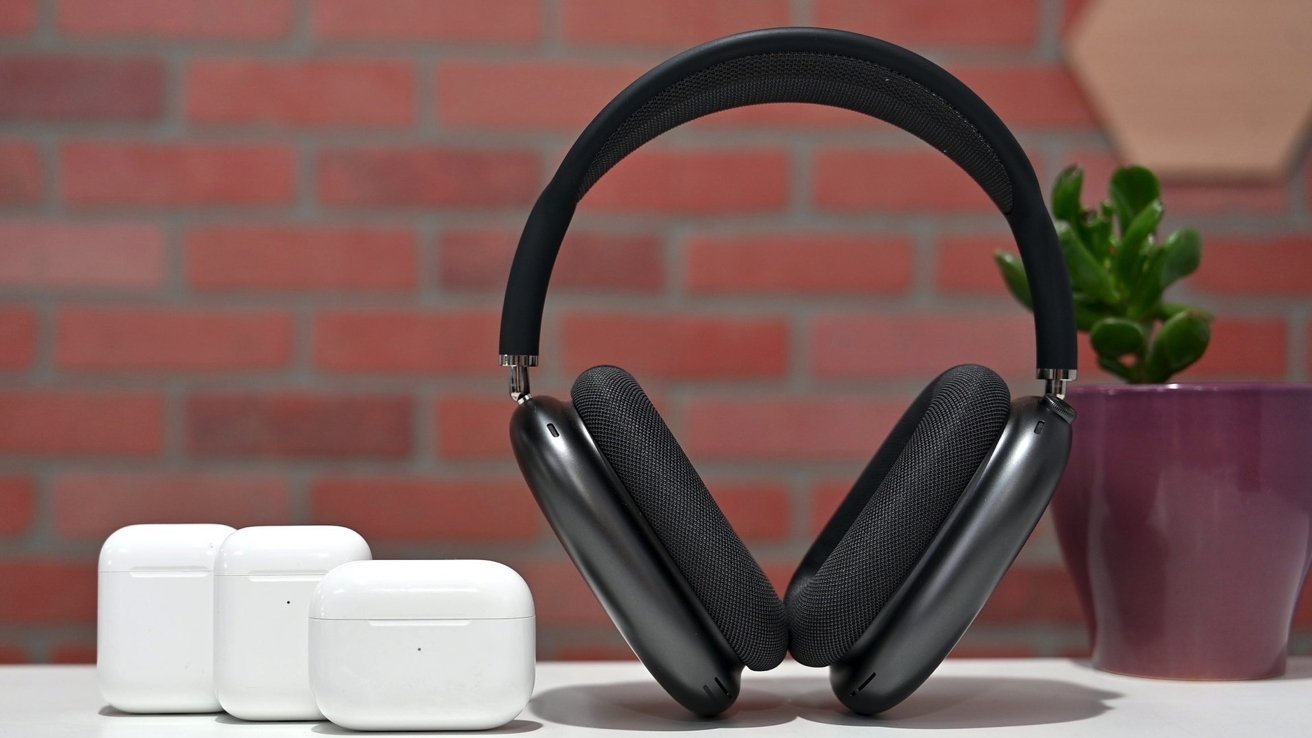
![Spatial audio gives the effect you're in the middle of a performance. [Apple]](https://photos5.appleinsider.com/gallery/53962-108621-42463-82365-spatial-audio-apple-music-xl-xl.jpg)







-m.jpg)






 Andrew Orr
Andrew Orr
 Malcolm Owen
Malcolm Owen
 William Gallagher
William Gallagher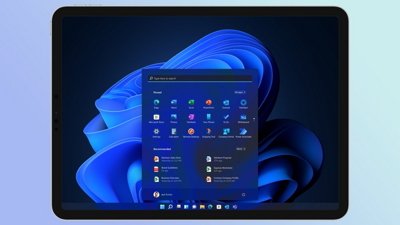
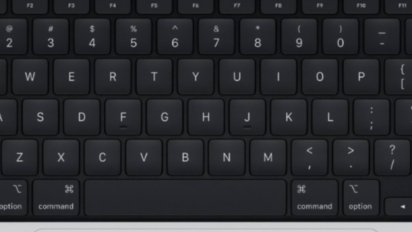
 Wesley Hilliard
Wesley Hilliard



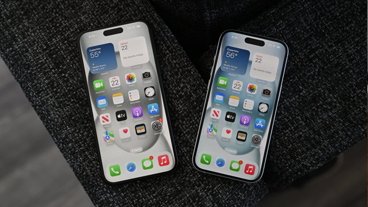


-m.jpg)




17 Comments
That’s all very well, but I personally don’t subscribe to Apple Music for a host of reasons that are valid to me. I am not alone n this although the article pretty much assumes that all its readers do subscribe.
Spatial Audio has the potential to change that, but I am not aware of any way to try it without subscribing to Apple Music. Catch 22.
if there is a way then this article should cover it. In the meantime I will continue to be ignorant of the strength of its claimed virtues.
One other comment is that the article suggests that most Bluetooth headsets will be able to make use of Spatial Audio but only mentions Apple products as some that do. What codec or format support do headsets need to have in order that they will work? Will the Sony range work, or (my personal faves) the Anker Soundcore Liberty 4?
Great summary of the benefits of the format. I agree it’s a wonderful leap forward in music pleasure. I’m going to try some of your thoughtful examples…
"A practical guide for why spatial audio music is great, also a gimmick."
I hear 3D movies were really popular once upon a time, too.
... I still keep hoping ATMOS (or spatial translation) decoding will be offered within Apple TV for video so we can choose any (esp audiophile) outputs via wifi ...
Music is a different case than movie sound. With music, most of the important information is in front of you. Music concerts have a "front". Stereo works very well for them. Sure, it is possible that Atmos (or other surround formats like ambisonics) might improve the experience by proving reverberation and ambience - "space" - through the surround speakers. Doing a mix where the listener is in the band is just stupid and thankfully that rarely happens now.
Movies and VR have much greater utility of surround sound - even 5.1 is an improvement for movies, Atmos can be very useful. For VR and decent gaming experiences it is mandatory, Atmos is not bad, ambisonics is better but less commercially produced.
So Atmos music can be good, but I get more from uncompressed streams and a good pair of stereo speakers (JBL M2s). I do not like headphone listening for pleasure, but Atmos over headphones can also offer an improvement in spaciousness, so maybe that is the point - there are a lot of headphone listeners...